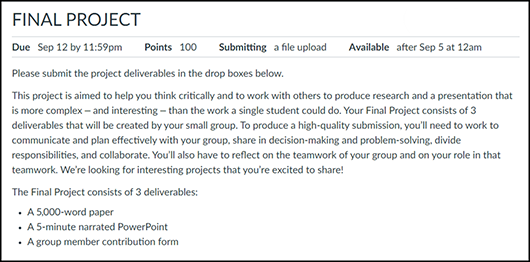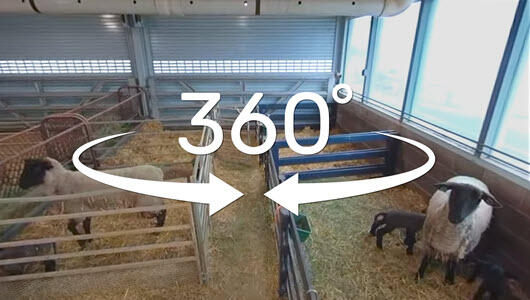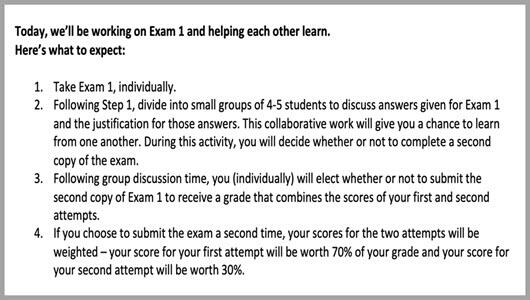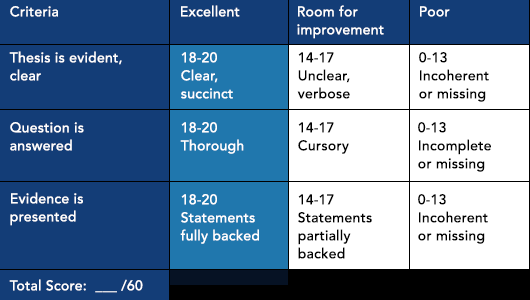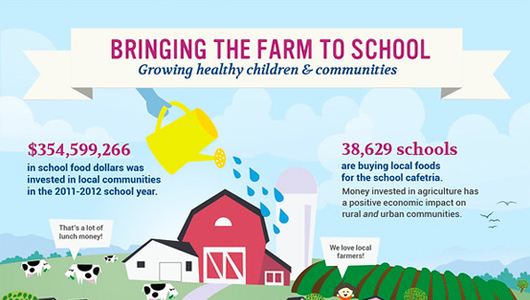summative assessment
summative assessment
/ˈsəmətiv/ /əˈsesmənt/
Noun
Evaluations used to assess learning, skill acquisition, and academic achievement at the conclusion of a defined instructional period - typically at the end of a project, unit, course, or semester. Unit, mid-term, and final exams are examples of summative assessments.
